
What Is A Slippage In Cryptocurrency Trading
Starting out in crypto trading brings up a bunch of questions and leaves you scratching your head. Let's talk about slippage today to help you get a handle on what it means and how it works.
What Is A Slippage?
When it comes to crypto, slippage signifies the gap between what you think a trade will cost and what you pay when it goes through. This can pop up in any market, but you'll see it a lot in the wild world of crypto, where prices are very volatile.
There are two main types of slippage:
-
Positive slippage: when the actual price of execution is better (lower for buys or higher for sells) than the expected price.
-
Negative slippage: when the actual execution price is worse (higher for buys or lower for sells) than the expected price.
Slippage typically occurs when there is low liquidity (not enough buyers/sellers at the desired price) and/or the market is moving very quickly (high volatility).
Traders have the ability to cut down on slippage by putting limit orders to use. These orders set the highest price they're ready to spend (or the lowest they'll accept when selling). This approach differs from market orders, which go through at the best price on offer at that moment.
Factors That Accept Slippage In Trading
Several things play a role in causing slippage when you're trading. These include both what's happening in the market overall and the specific ways people choose to trade. Here's a rundown of the main factors that can result in slippage:
- Market Liquidity
- Low liquidity: when there aren't enough buyers or sellers at a certain price, traders may not get what they expect. In markets with less activity, price differences are more likely because there may not be enough supply or demand at the desired price.
- High liquidity: markets with more activity usually see smaller vilotation because there are more participants, but it can still happen when prices change quickly.
- Market Volatility
- High volatility: quick price jumps increase the chances of unexpected pricing. In markets that change fast, the price might shift between when an order is placed and when it's completed, leading to surprises.
- Order Size
- Large orders: placing big orders in markets without much activity can cause price changes. This might mean filling the order at increasingly worse prices (e.g., as you move through the list of buyers or sellers).
- Small orders: smaller orders are less likely to see price differences, but in markets with little trading, even small orders can be affected.
- Execution Speed
- Time delays: in fast-changing markets, even a small delay in completing a trade (due to slow networks or platform issues) can result in price slippage.
By knowing about and planning for these factors, traders can take steps to reduce price differences. They can use limit orders, trade in busier markets, and avoid trading when prices are changing fast.
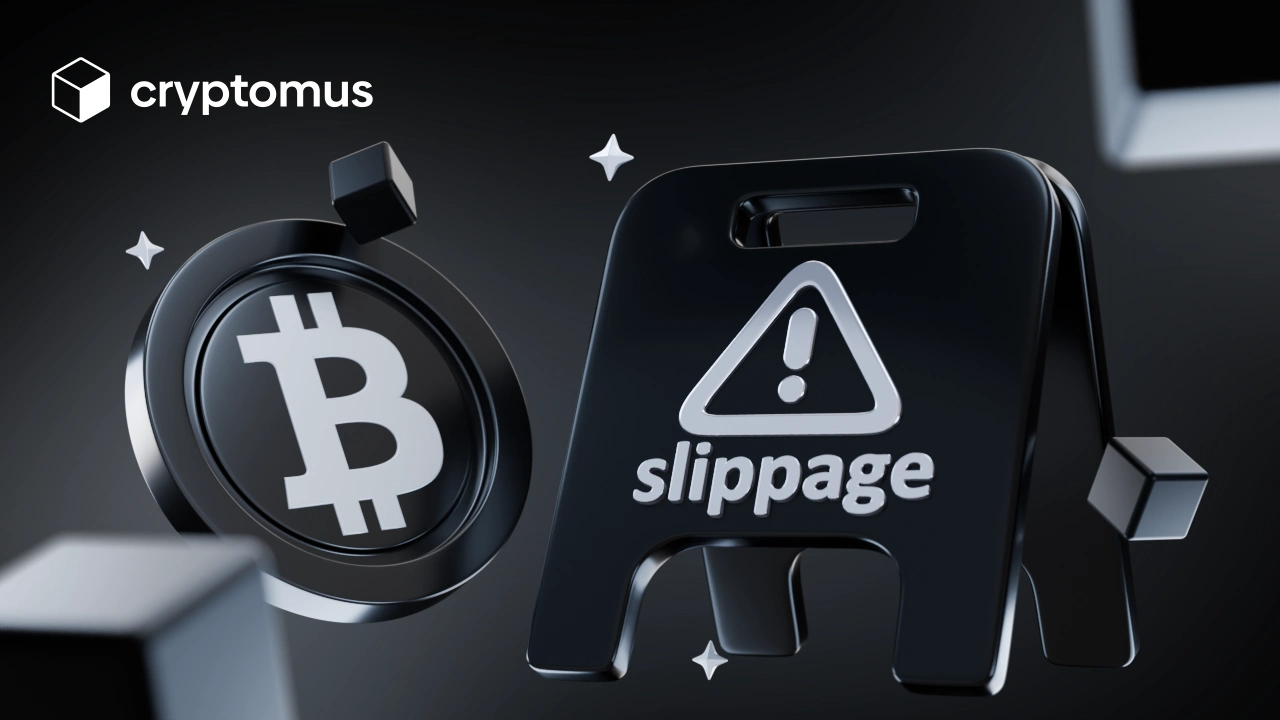
Positive And Negative Slippage
Positive and negative slippage refer to the difference between the expected price and the actual price at which a trade is executed. Here's a breakdown:
Positive Slippage
Positive slippage happens when a trade goes through at a better price than expected. In case you put up a buy order, with positive slippage, you end up spending less than you thought you would. If you’re selling, you get more money than you anticipated.
Example:
- Buy order: you expect to buy at $100, but the trade executes at $98, saving you $2.
- Sell order: you expect to sell at $100, but the trade executes at $102, earning you an extra $2.
Negative Slippage
Negative slippage occurs when a trade is executed at a worse price than expected. You end up paying more than anticipated in buying orders and receiving less money while using the selling ones.
Example:
- Buy order: you expect to buy at $100, but the trade executes at $102, costing you an extra $2.
- Sell order: you expect to sell at $100, but the trade executes at $98, losing you $2.
The main difference between positive and negative slippage is whether the actual price helps or hurts the trader compared to what they expected.
What Is A Slippage Tolerance?
Slippage tolerance is a setting traders use to say how much price change they're okay with when making a trade. It's usually shown as a percentage of the trade's value. This helps protect traders from making trades at unprofitable prices when the market is jumpy or there's not much trading happening.
Slippage tolerance allows traders to define the acceptable range of price fluctuation before the trade is canceled or not executed. If the actual price at execution exceeds the set tolerance, the trade will not go through.
Let's say you're buying a cryptocurrency and set your slippage tolerance at 1%. If you expect to buy at $100, your trade will happen as long as the final price is between $99 and $101. If the price moves beyond this range (either below $99 or above $101), the trade will not be completed due to the slippage tolerance limit.
Benefits of Slippage Tolerance:
- Protection from price volatility: it prevents you from executing trades at drastically different prices than you expected.
- Control over execution: traders can balance the trade-off between speed and price by adjusting slippage tolerance.
Risks of Slippage Tolerance:
- Too low tolerance: if you set the too low slippage tolerance, your trade may not be executed, especially in volatile markets due to impossibility to find transactions suiting these conditions.
- Too high tolerance: if you set it too high, you may end up paying much more or selling for much less than expected.
Setting slippage tolerance is particularly important in decentralized finance (DeFi) trading, where liquidity can vary widely and prices can change quickly.
How To Avoid Slippage?
Avoiding slippage, especially in volatile or low-liquidity markets, can be challenging, but there are several strategies you can use to minimize or prevent it. Some effective methods are using limit orders, trading in more liquid markets, setting up a slippage tolerance, avoiding high volatility, and trading on reputable exchanges like Cryptomus. Let’s look into them in more detail:
- Use Limit Orders Instead of Market Orders
- Limit orders allow you to set a specific price at which you want to buy or sell an asset. This ensures that your trade will only execute at your desired price.
- Market orders, on the other hand, execute immediately at the best available price, which can lead to slippage, especially in fast-moving or thinly traded markets.
- Trade in More Liquid Markets
- Highly liquid markets (where there are many buyers and sellers) tend to have tighter spreads and less price fluctuation, which reduces the likelihood of slippage.
- Avoid trading illiquid assets or during low-volume periods, as these conditions are more prone to slippage.
- Set a Reasonable Slippage Tolerance
- On decentralized exchanges (DEXs) or platforms with automatic price execution, you can often set a slippage tolerance to limit how many price movements you are willing to accept. Setting this at a reasonable level ensures that your trades won’t go through if the price deviates too much.
- Avoid setting slippage tolerance too high unless you're prepared to accept significant price differences.
- Avoid Trading During High Volatility
- Slippage tends to occur more during periods of high volatility, such as during major news events, economic announcements, or large market movements.
- If possible, avoid trading during these times or use limit orders to ensure you don’t get executed at extreme prices.
- Break Large Trades Into Smaller Orders
- Executing large orders in illiquid markets can cause the price to move significantly (known as "market impact"), leading to slippage. So, split your trades into smaller orders to minimize price impact and reduce slippage.
- Use Algorithms or Smart Routing Systems
- Many advanced trading platforms use smart order routing to find the best available price across multiple exchanges or liquidity pools. This helps to minimize slippage by routing your trade through the most efficient path.
- Trade on Reputable Exchanges
- High-quality exchanges with greater liquidity and better infrastructure tend to offer more stable pricing and lower slippage. They also have systems in place to ensure that trades are executed efficiently. For example, the Cryptomus exchange exemplifies this by providing consistently high liquidity, real-time price tracking, and an advanced infrastructure that ensures smooth and efficient trade execution. By offering these features, Cryptomus minimizes slippage and helps traders achieve more stable and favorable trade outcomes.
By incorporating these strategies, you can reduce the impact of slippage on your trades and protect yourself from unexpected losses due to rapid price movements or poor liquidity.
Did you find this article useful? Is the concept of slippage now clearer to you? What do you think of it? Let us know in the comments below!
Rate the article
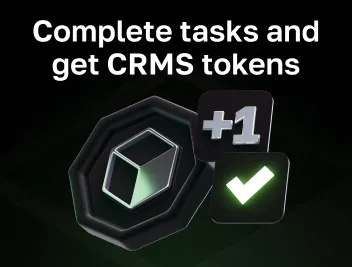
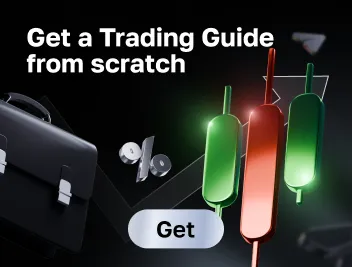
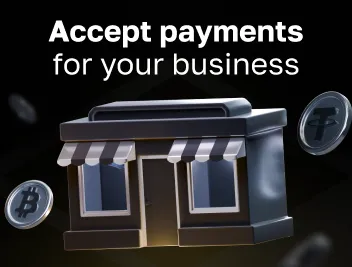
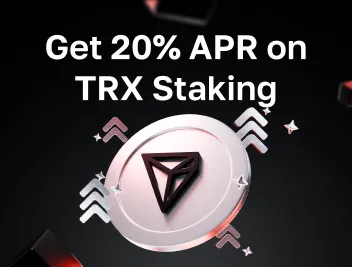




comments
0
You must be logged in to post a comment